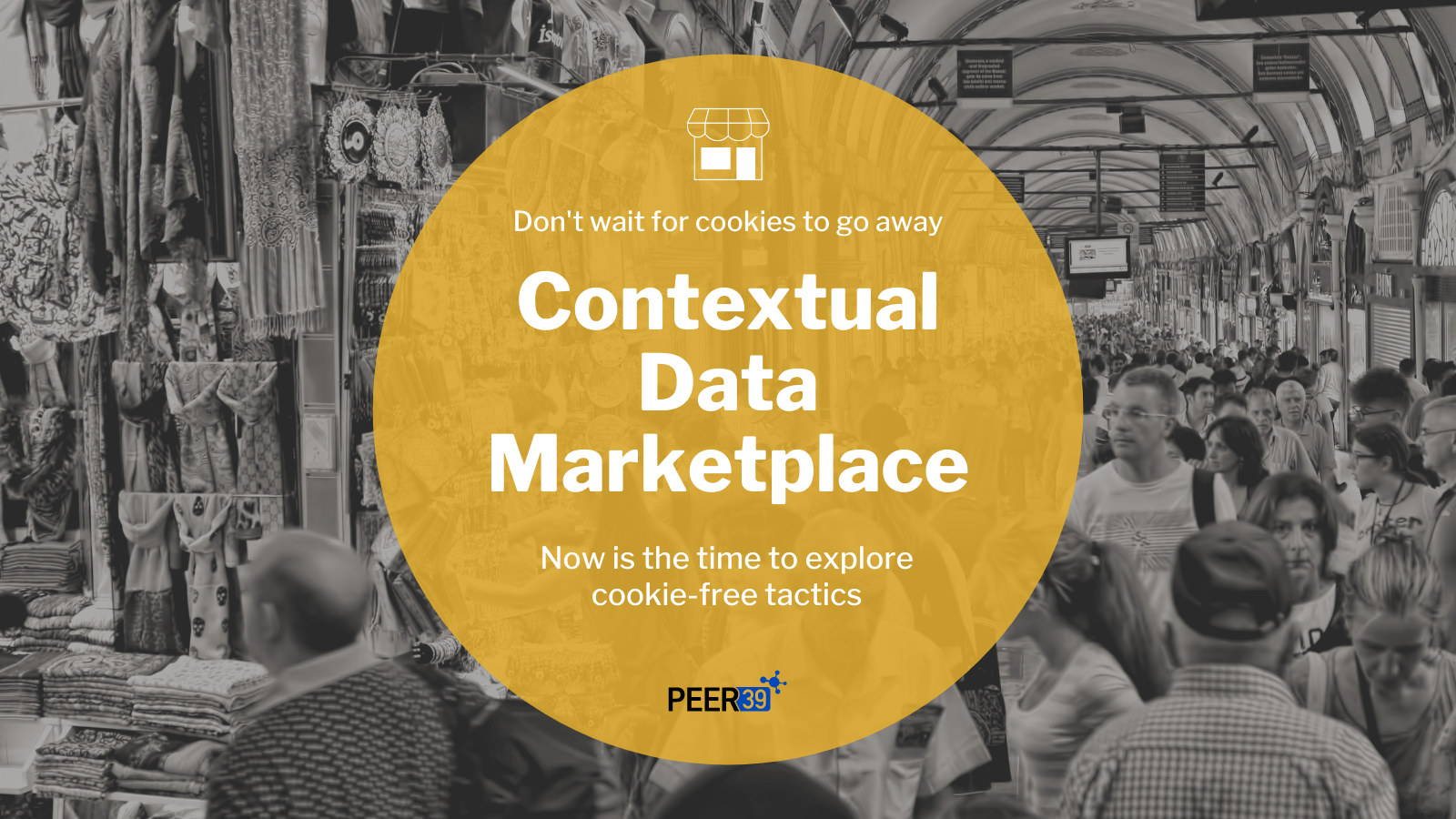1 min read
Contextual connected TV (CTV) advertising: the next evolution for marketers
In just two decades, there have been drastic changes to how consumers access entertainment. It wasn’t that long ago when pay television was the new...
2 min read
Mario Diez : Oct 6, 2020 9:17:25 AM

Every day brings us closer to the time when cookies aren’t an option for advertisers anymore. The news of cookies going away isn’t all bad, though. After all, cookies have their fair share of problems in terms of relevance for consumers. Just about everyone has a story like one of these:
Not ideal, is it? While research shows consumers want personalized ads, there’s a growing unwillingness to sacrifice personal privacy in the interest of a better experience with ads. And given that consumers haven’t been cool with cookies for a while now, the move to a cookie-free future—both regulatory (GDPR, CCPA) and corporate (Google, Apple)—is simply following consumer behavior.
Since the early 2000s, behavioral targeting, driven by cookies, has become the accepted norm. The focus on behavior is about finding users based on what they’re doing online. In theory, this data gives advertisers what they need to deliver relevant ads. But there are challenges:
In each of these situations, the advertiser is at a disadvantage. The targeting is based on past actions that are no longer relevant or don’t fit the moment, showing how behavioral targeting falls short.
With the coming demise of cookies, alternatives like contextual targeting have been top of mind for advertisers who want to meet (or beat) the effectiveness of behavioral targeting.
Contextual targeting solutions combine safety (suitability), page signals, and targeting factors to give advertisers insights and flexibility to align ad placement decisions with their brand.
The use of contextual targeting is more valuable to the success and effectiveness of your advertising when you have a solid understanding of your audience, their interests, and needs. These insights give you the ability to find your audience in a privacy-friendly way, with a higher likelihood of engagement with the greater relevance.
While there’s a lot of talk about context and the future of advertising, contextual targeting is far from new, and neither is the use of machine learning to provide real-time data for advertisers—at least it’s not new at Peer39. We’ve been providing advertisers with machine learning-enabled, identity-free data since the beginning.
As we march ever closer to the end of the cookie, questions about the value of behavioral targeting and its effectiveness are mounting—along with growing privacy concerns. The timing is good to start looking at better ways to deliver contextually relevant advertising so the right people are seeing your message in the right place and at the right time.
Contact us today to learn more about how Peer39 can help you map out a contextual approach to cookieless targeting.

1 min read
In just two decades, there have been drastic changes to how consumers access entertainment. It wasn’t that long ago when pay television was the new...

2 min read
Collaborative effort lowers barrier of entry for unconventional contextual data companies to enter the programmatic advertising landscape
2 min read
Solution brings together brands’ historical performance and insights, helping buyers migrate to an informed, always-on, cookie-free data...